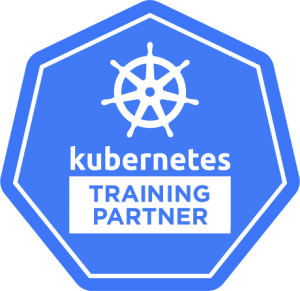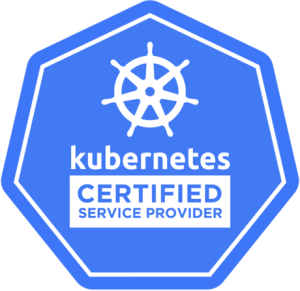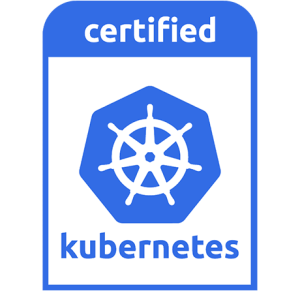Blogs
Best Practices for the development of Microservices
From the experience of many projects , we have compiled a guide for the development of microservices.
Kubernetes Special Features
|
Writing to the hard disk |
Write to root always on layered filesystem. |
|
Loadbalancing |
Scaling in Kubernetes only Horizontal |
|
Liveliness probes/Watchdog |
Basically, error conditions should be identified in the service if possible. |
Scale out requirements
|
Stateless |
Services should be stateless if possible. |
|
Fault Tolerant |
Errors are normal and happen (Liveliness Probes!). |
|
Autonomy |
Self-contained system, responsibility transitions |
|
Consistency |
Every services is responsible for it’s own consistency |
|
Queueing |
Queueing helps to smooth load peaks because processing can be delayed. |
Other Planning Support
|
Avoid shared resources |
Microservices are based on maximum parallization |
|
Configuration |
Statistic Configuration by environment variable |
|
Caching |
Strong means for performance and to reduce computing power |
Challenges with Microservices
|
Microservices are distributed systems |
Distributed systems are always subject to compromises |
|
Problems |
Special attention for deletion, backup, etc. |
Check out our latest blogpost
Kubernetes in Focus: An Outlook on Future Growth Areas
Any Questions?
Please feel free to contact us for any question that is not answered yet.
We are looking forward to get in contact with you!
KubeOps GmbH
Hinter Stöck 17
72406 Bisingen
Germany
-
Telefon:
+49 7433 93724 90
-
Mail:
This email address is being protected from spambots. You need JavaScript enabled to view it.





